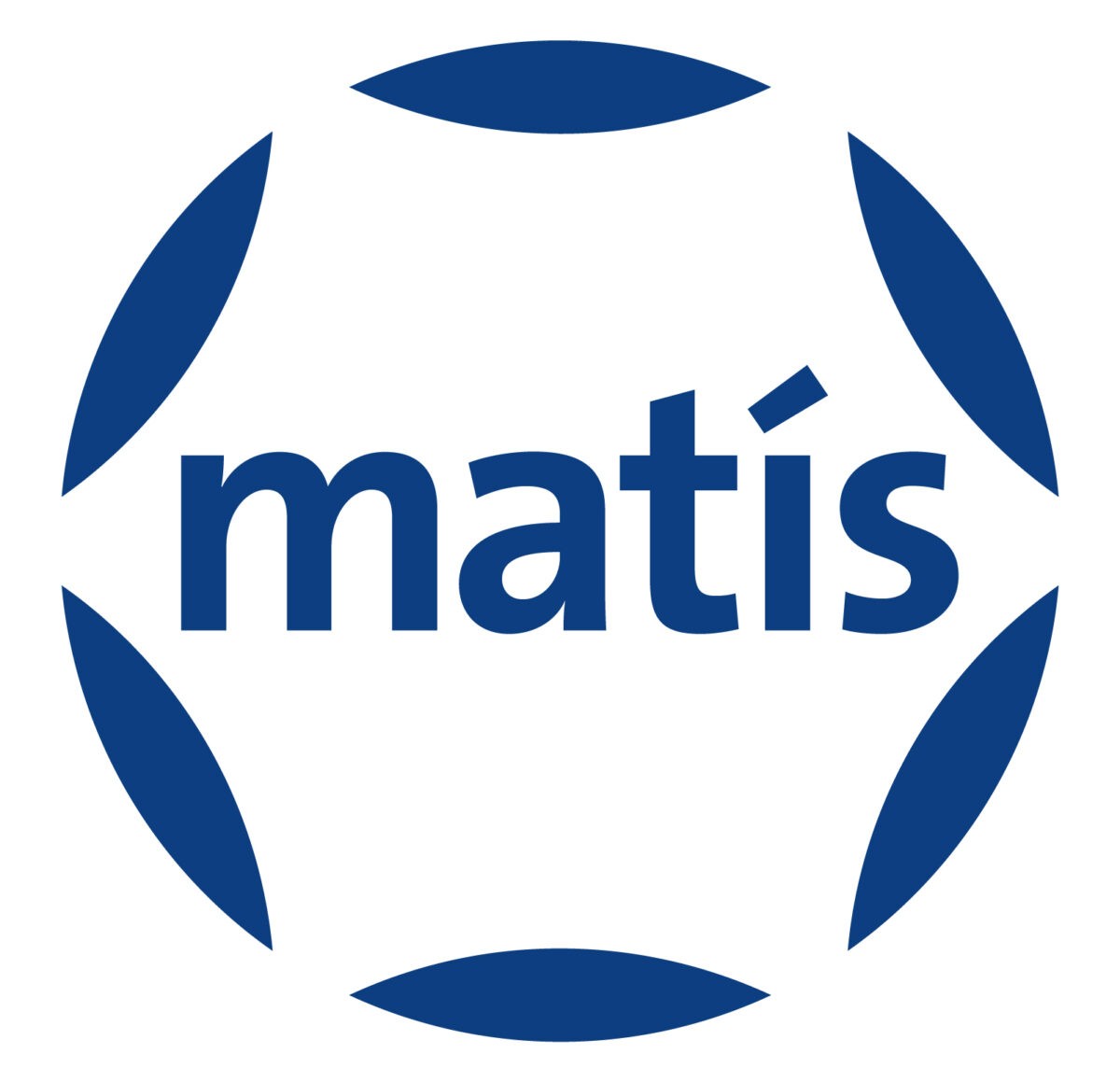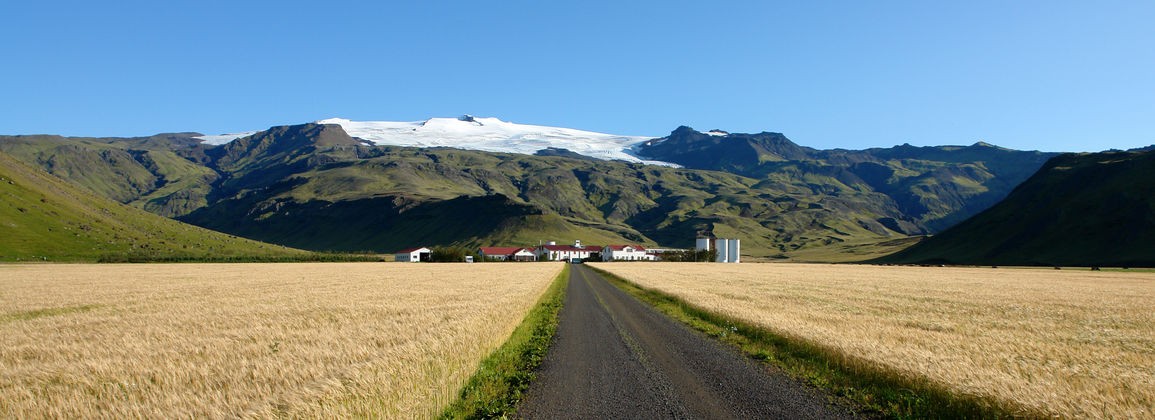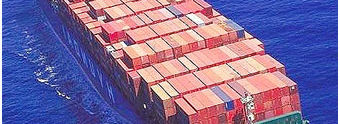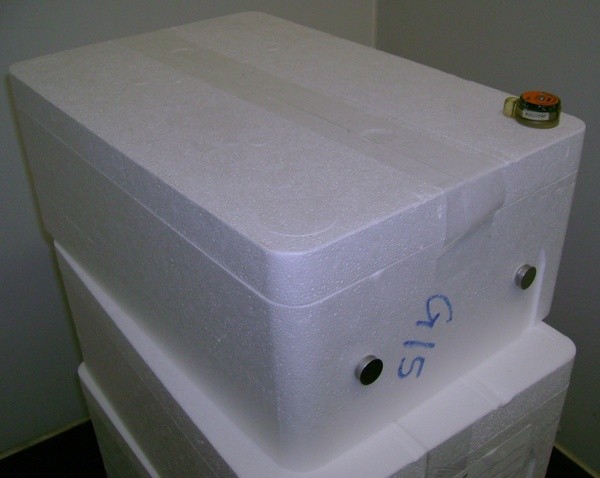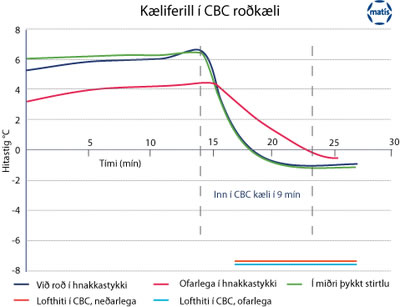Great progress has been made in the breeding and cultivation of barley in this country. Barley has primarily been used as animal feed, but interest in its use for human consumption has been growing.
This is not least due to the hygiene of the barley, but important substances such as fiber are found in barley to a greater extent than wheat. It is also important that barley is a very versatile grain for food processing.
One of the main weaknesses of Icelandic barley cultivation is that the grain does not dry enough in the field and must therefore be dried before it can be used for food production. Cultivation safety is also lower in Iceland than in many other places. Costs and incomes in barley farming need to be analyzed and also look at the side of the food industry.
Barley can be used in baked goods, cereals, porridge, composite dishes and side dishes instead of rice. Barley is used to make malting barley which is used in the production of alcoholic beverages. It is also conceivable that barley will be used in functional foods that promote health. Barley gives food a healthy image due to the fiber and other cavities in it.
In the project "Increased value from Icelandic barley" it was shown that barley can be used in various ways in the food industry. The chemical content of the barley was similar to what happens abroad and the food safety with regard to microorganisms and contaminants was adequate. The project did not reveal anything that militates against the utilization of Icelandic barley for human consumption. The results of the project are useful for the presentation of barley products and the assessment of their health value. The main results and conclusions are summarized below.
Baking industry
The use of barley in baking products was shown to be successful and it can be recommended that the baking industry use barley in its production. The baking industry can produce a wide range of barley products. The bread should not be focused on, but also bakery products that can be largely or exclusively made from barley (flatbreads, cakes, etc.).
From a nutritional point of view, it is important to increase the amount of fiber in the diet of Icelanders. It is particularly interesting that the barley contains water-soluble fiber substances called beta-glucans. These fiber can lower blood cholesterol and have a lowering effect on blood sugar. It is therefore possible to increase the health of bread products by using barley in the products.
In order to be able to meet the potential needs of the baking industry, it must be possible to peel and grind Icelandic barley to a considerable extent. It is necessary for trade in barley for the baking industry to be based on defined quality requirements. Icelandic barley could perhaps meet 10-20% of the domestic demand for cereals for the production of baked goods.
Malt production
The project succeeded in producing Icelandic barley malt with satisfactory properties. Malt production needs to be transferred to the production stage. The production must be of consistent quality, but Icelandic barley can vary considerably from year to year and producer. The raw material for malting must be the Icelandic barley of the highest quality. Development work is necessary to put together usable work processes and retrieve damaged grain.
Alcoholic beverages
Beer was produced from Icelandic barley malt and then only the hops were imported. Strictly speaking, Icelandic plants need to replace the hops if beer is to be Icelandic. Barley and water, however, are the most important raw materials for making beer. Whiskey production from Icelandic barley is possible but has not been investigated. Whiskey production does not make as high demands on the quality of the barley as beer production.
Cuisine and regional registers
Barley is suitable for various cuisines and it is ideal to use it in district registers where barley is grown. The tourism industry can benefit from this.
Biochemical processing
Barley can become a raw material in biochemical processing. Beta-glucans and other barley sugars can be processed. Enzymes could be used to break down polysaccharides into oligosaccharides that could have biological activity. Low sugars can be used in more foods than beta-glucans as the beta-glucans increase the viscosity of certain foods too much. A health-promoting target diet could be based on barley beta-glucans. This could open up new possibilities for the utilization of barley for human consumption. Other ingredients in barley could be important for a targeted diet, such as tocopherols and polysaccharides. Beta-glucans are already being added to various foods abroad and this trend is likely to continue.
Quality requirements
It is important that a channel is found to develop the quality requirements that have been set. Drying the barley is one of the most important things. Manufacturers need to consider this aspect. Drying stations for a specific area could be a good option. The baking industry makes certain demands on barley flour, but for the malting process, other requirements must be met.
It is important that barley is not moldy, neither in the field nor in storage. Some molds can produce fungal toxins that are harmful to humans and livestock. There is no evidence of fungal toxins in Icelandic barley. Emphasis should be placed on monitoring the presence of mold in cereals or flour and preventing the use of the product, whether it is used as animal feed or for human consumption.
Uniqueness
It is possible that various types of fungal toxins do not form in Iceland in the field due to low ambient temperatures and this could be a special feature for Icelandic agriculture. Research is lacking on the formation of fungal toxins in Icelandic conditions.
Adequate food supply in Iceland
Barley and potatoes are the only sources of carbohydrates produced in the country to a significant extent. It can therefore be important that barley is produced in the country for both feed and food production. The cultivation of barley in Iceland is part of ensuring a sufficient food security for Icelanders. Interest in the utilization of domestic raw materials for food production has also increased.
Seminar in Denmark on Nordic grain
Ólafur Reykdal from Matís and Ólafur Eggertsson and Guðný Valberg from Þorvaldseyri attended seminars on behalf of the project Nordic Corn in Nordic Cuisine (Forum for Nordic Domesticated Cereals for the New Nordic Kitchen) in Denmark on 10 and 11 March 2009. The project was under the program New Nordic cuisine. At the seminar, scientists, bakers and producers gathered and shared their experiences.
Information from the seminar can be found here.
For further information, please contact Ólafur Reykdal, olafur.reykdal@matis.is.

